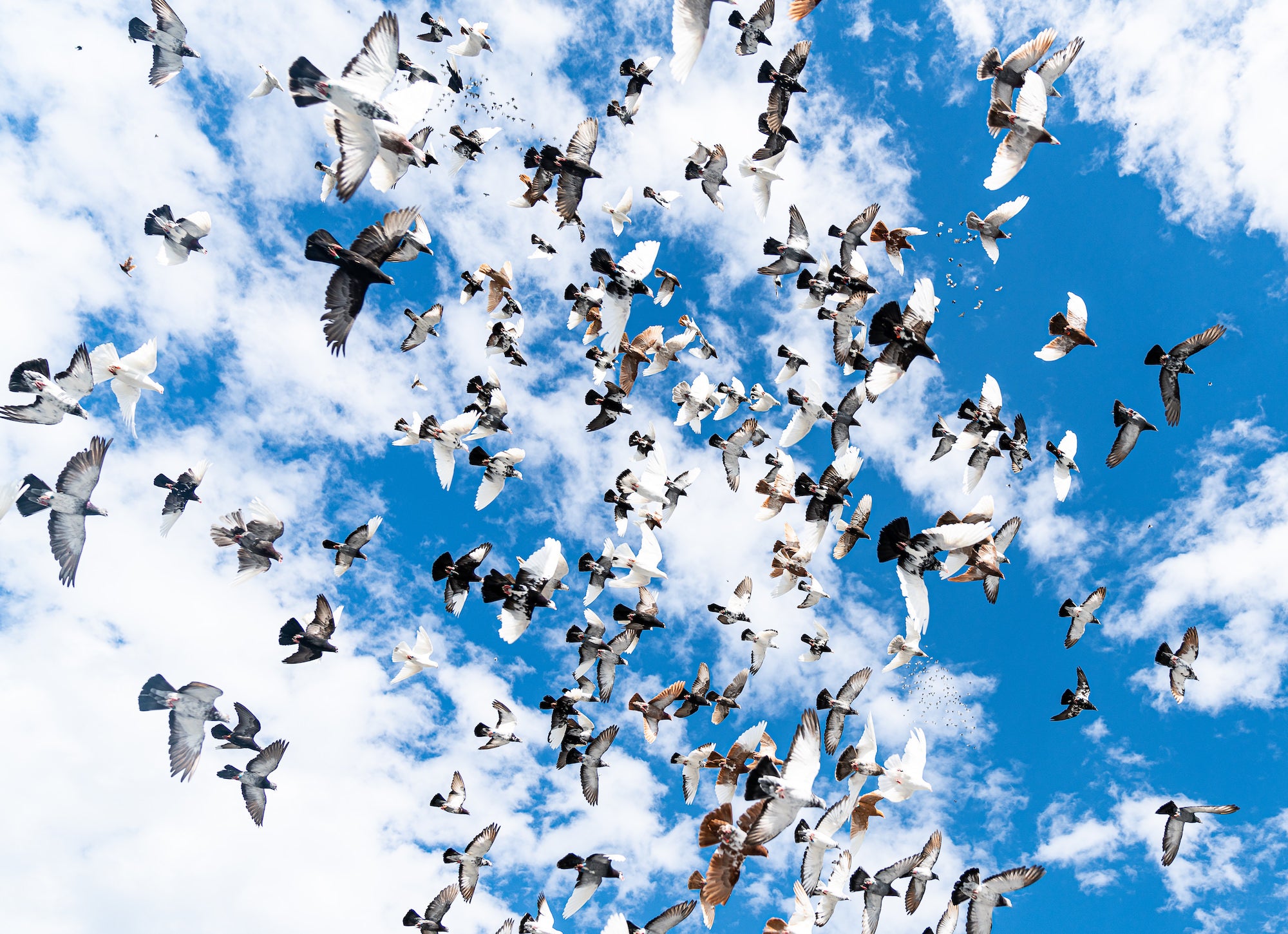George McKenzie Jr. (@GeorgeMcKenzieJr) is a self-described unicorn. We interviewed him and he said, “I usually introduce myself to people as a unicorn, and they’re like, ‘Huh?’ And then I say go into Google and search ‘black wildlife photographer’ and then click on images, and tell me how many photographers you see versus black and white images of wild animals.” We sat down with the National Geographic Society award-winning visual storyteller from Brooklyn, NY, who specializes in wildlife, natural history and conservation to discuss his work and the importance of pushing out of your comfort zone.

Photo by George McKenzie Jr. Sony Alpha 7R II. Sony 24-70mm f/2.8 G Master. 1/2000-sec., f/2.8, ISO 100
George McKenzie Jr. discusses the importance of putting yourself out there and getting comfortable with being uncomfortable.
Getting Into Photography
McKenzie Jr. was born in South America and then migrated with his parents to Brooklyn, New York when he was young. He describes himself as a shy and awkward kid, and that photography is what changed everything for him. He started photography because he noticed that girls would talk to and be friendly with the event photographer out in NY. So he viewed the camera as his way in with the ladies. “What I didn't know is all the hard parts about being an event photographer.” This shy guy had to push himself out of his comfort zone to make strong event images.
Access, Access, Access
A while later, he was working at Adorama and a man walked in and began haggling with him over the price of a camera bag. McKenzie Jr. wasn’t having it, and began a friendly debate with the man. That man turned out to be Charlie Hamilton James, a regular photographer for National Geographic and winner of many major awards. James became McKenzie Jr. mentor and even hired him to assist him on a story on cognitive birds when he came back to New York. This is what launched McKenzie Jr.'s work in wildlife and nature: a story on pigeons. “As someone who grew up in Brooklyn, you're always taught that pigeons are nothing but rats with wings. And then when I got the opportunity to do the story, it changed my entire perception of this animal. And that's what got me into conservation and wildlife storytelling because it literally blew my mind.” His mentors told him to photograph what he had access to. And as a wildlife photographer in New York, that was rats and pigeons.

Photo by George McKenzie Jr. Sony Alpha 7 III. Sony 24-105mm f/4 G. 1/640-sec., f/4, ISO 100
McKenzie Jr. was then nominated for National Geographic’s Second Assistant grant program, where underrepresented photographers assist on a story for the magazine. McKenzie Jr. was interested in learning more about lighting so he assisted Vincent J. Musi on a story about dogs: despite McKenzie Jr.'s fear of dogs. Yet again, he needed to push himself out of his comfort zone. Luckily, he met some sweet dogs who helped him overcome his fear.
Now, McKenzie Jr. has relocated to Florida to work as a camera trap technician for the Path of the Panther Project, which tells the story of the Florida panther to inspire protection of the Florida Wildlife Corridor. He says that learning from the expert team has been a master class in cameras and camera trapping. He thought he would just come in for a bit, learn something new and leave, but he’s fallen in love with the landscape and wildlife of Florida.
Knowing Your Way Around The Gear
As someone who worked in a camera store, McKenzie knows his way around some gear. And there are quite a few reasons he chose to shoot Sony. “So the weight, number one, when you're out in the field as much as I am and you carry as much gear, you can't be walking around with heavy, heavy gear. Your body reacts negatively to it. Your joints get replaced because of it.”
As a camera trap tech, the eye tracking technology that Sony has is absolutely critical in McKenzies work. “Trying to get that perfect shot of a panther moving or a black bear moving through the Florida wildlife corridor. That eye tracking really works because I can pinpoint when that animal leaves the scrub and it walks that path where I have my camera setup.”

Photo by George McKenzie Jr. Sony Alpha 7R IV. Sony 16-35mm f/4. 1/125-sec., f/16, ISO 320
McKenzie shoots with the Sony Alpha 7R IV, the Sony 200-600mm f/5.6-6.3 G, Sony 90mm f/2.8 Macro G, Sony 16-35mm f/4, and the Sony 35mm f/1.8. He also has his eye on the Sony Alpha 1 along with the Sony 400mm f/2.8 G Master, the Sony 24-70mm f/2.8 G Master II and the Sony 600mm f/4 G Master.
Get Comfortable With Being Uncomfortable
Along his journey McKenzie has really learned the importance of putting yourself out there and getting comfortable with being uncomfortable. In addition to his own photography, he loves to teach, and often teaches with National Geographic Photo Camp. “I would be doing the world a disservice if I didn’t share my gifts with everyone else. Because I know what it’s like to not have as a teenager and if I can help someone else, then I should.”
Follow McKenzie’s journey on Instagram @GeorgeMcKenzieJr and at georgemckenziejr.com.



